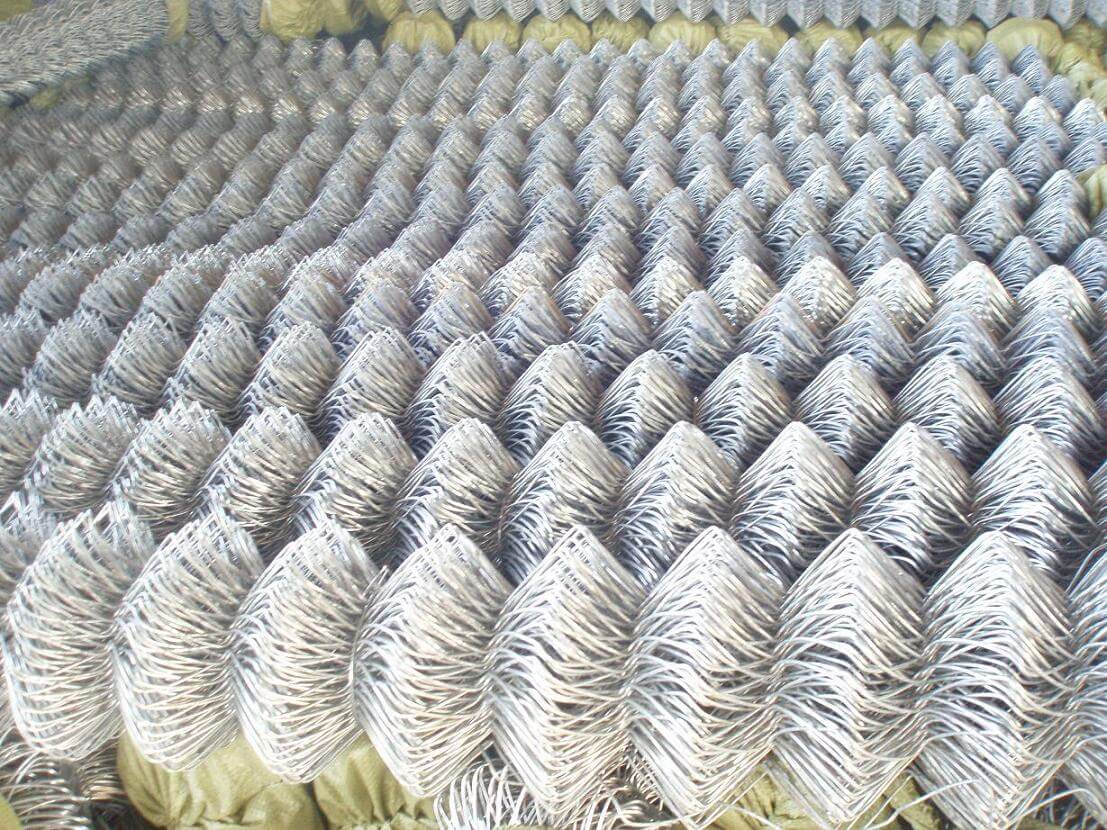Design And Build Your Own Living Fence

Table of Contents
Planning Your Living Fence
Careful planning is crucial for a thriving living fence. Before you even think about planting, you need to assess your site, choose the right plants, and sketch out your design. This process ensures your fence will flourish and meet your specific needs for privacy, screening, or aesthetic enhancement. Consider these key aspects of your fence planning:
- Site Assessment: Begin by evaluating your property. What's the sunlight exposure? Is the soil predominantly sandy, clay, or loamy? What's your local climate like – including average rainfall, temperature extremes, and prevailing winds? Understanding these factors is key to selecting appropriate plants.
- Plant Selection: The choice of plants is paramount. Consider factors like mature height and width, growth rate, and aesthetic preferences. Do you want a flowering hedge for bursts of color, an evergreen hedge for year-round screening, or perhaps a mix of both? Popular choices for living fences include:
- Privet: A classic choice, known for its dense growth and tolerance of various conditions.
- Bamboo: A fast-growing option offering excellent screening, but requires careful consideration of its spreading roots.
- Espaliered fruit trees: A more sophisticated approach, creating a unique and productive living fence.
- Design Considerations: Sketch out your ideal living fence. Decide on its shape (straight line, curved, or even a more intricate design), desired density, and overall height. Think about how it will integrate with the existing landscaping.
- Soil Preparation: Healthy soil is fundamental. Amend your soil with compost or other organic matter to improve drainage, aeration, and nutrient content. This ensures strong root establishment and vigorous growth.
Sourcing and Planting Your Living Fence
Once your plan is finalized, it's time to source and plant your chosen plants. The success of your living fence hinges on proper planting techniques and aftercare.
- Plant Sourcing: Purchase your plants from a reputable local nursery or online supplier. Consider whether bare-root or containerized plants are best suited to your needs and planting conditions. Bare-root plants are often cheaper but require more careful handling.
- Digging Planting Holes: Dig holes appropriately sized and spaced according to the mature size of your chosen plants. Follow the recommended spacing guidelines provided by your nursery. Overcrowding will stifle growth.
- Careful Planting: Gently place the plants in the holes, ensuring the roots are not cramped or damaged. Backfill with soil, firming it gently around the base of each plant.
- Thorough Watering: Water deeply immediately after planting and continue regular watering, especially during dry periods, to establish a strong root system.
Maintaining Your Living Fence
A living fence requires ongoing maintenance to thrive. Regular care will ensure a healthy, beautiful, and effective boundary for years to come.
- Regular Watering: Consistent watering, especially during dry spells, is vital, particularly during the first year after planting.
- Fertilizing: Apply a balanced fertilizer annually or as needed to promote healthy growth. Follow the fertilizer instructions carefully.
- Pruning Techniques: Regular pruning is key to maintaining the shape, size, and density of your living fence. Learn different pruning techniques like hedging (for a formal look) or shaping (for a more natural appearance). Regular pruning also prevents overcrowding and encourages dense growth.
- Pest and Disease Control: Inspect your fence regularly for signs of pests or diseases. Address any issues promptly using appropriate organic or chemical controls.
- Winter Protection: In colder climates, some plants may require winter protection, such as wrapping or mulching, to safeguard them from frost damage.
Conclusion
Designing and building a living fence involves careful planning, proper planting, and consistent maintenance. However, the rewards are well worth the effort. A living fence offers a cost-effective, environmentally friendly, and aesthetically pleasing alternative to traditional fences. It provides natural beauty, improved privacy, and a unique character to your property. Start designing and building your own living fence today and enjoy the beauty and benefits of a natural boundary! For more information on specific plant choices suitable for your region, consult your local agricultural extension office or gardening resources.

Featured Posts
-
 Prediksi Cuaca Bali Sebagian Besar Berawan Potensi Hujan Ringan
May 29, 2025
Prediksi Cuaca Bali Sebagian Besar Berawan Potensi Hujan Ringan
May 29, 2025 -
 Real Madrid Vs Barcelona Immediate Post Match Analysis 4 3
May 29, 2025
Real Madrid Vs Barcelona Immediate Post Match Analysis 4 3
May 29, 2025 -
 Ella Mills Nepo Baby And The Deliciously Ella Empire
May 29, 2025
Ella Mills Nepo Baby And The Deliciously Ella Empire
May 29, 2025 -
 Man United To Pursue Liverpool Target Confirmed Transfer Plans
May 29, 2025
Man United To Pursue Liverpool Target Confirmed Transfer Plans
May 29, 2025 -
 Saturday In The Park Festival Celebrates 35 Years With Teddy Swims
May 29, 2025
Saturday In The Park Festival Celebrates 35 Years With Teddy Swims
May 29, 2025
